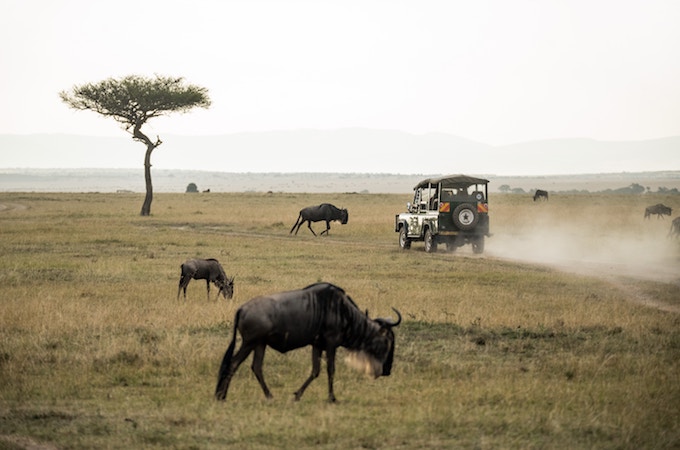This story was created in partnership with: On the Go
Egypt has long been a popular bucket-list trip for many
1. Egypt is a year-round destination, but the best weather is in spring
The weather is typically hot and sunny throughout the year, but visiting between fall and spring offers a nice break from near 40-degree heat during the summer. Keep in mind that December and January are considered peak tourist season, so many of Egypt’s iconic sites can get pretty crowded. Instead,
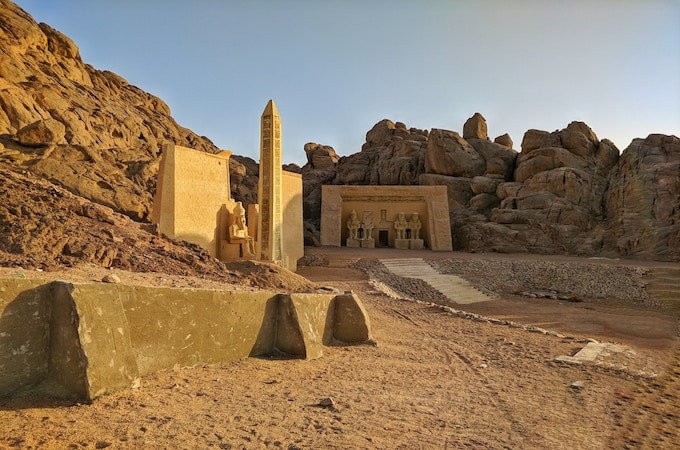
2. It’s safe to travel solo, but joining a tour may be better
Despite any worries you may have, Egypt is absolutely safe to visit alone. However, when it comes to
3. A local guide is the best way to get around
If you’re ever on the fence about whether or not you need a guide, the answer is always yes. There’s no better way to experience Egypt than with a local guide who can provide an authentic perspective on everything from the best food to the incredible stories of Egypt’s best sights. It’s about more than just having someone to get you from point A to point B; it’s about discovering the unique and hidden details that you would never find on your own. Thankfully, this trip includes guided tours throughout, from exploring the Roman catacombs on Day 2 to the Philae Temple on Day 6.
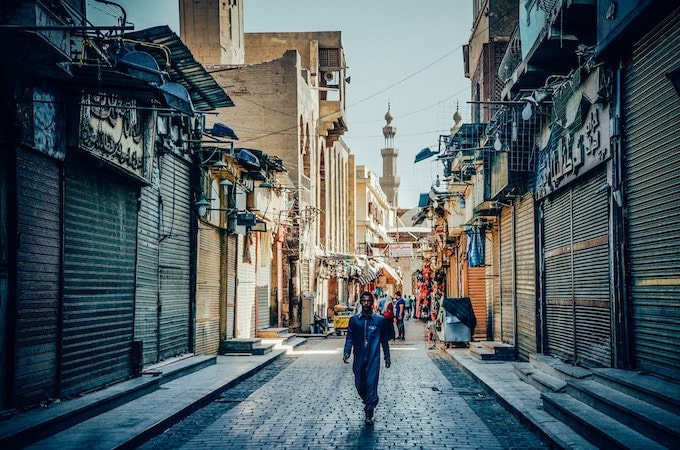
4. Tipping is expected everywhere and for everything
The Egyptian word for “tip” is “baksheesh,” something you’ll definitely hear more than once. Expect to hear “baksheesh” from anyone and everyone who offers you a service: including waiters, washroom attendants, drivers, housekeeping, etc. The average tip is between 10 and 15% for most services, so keeping small bills will come in handy—especially for unexpected
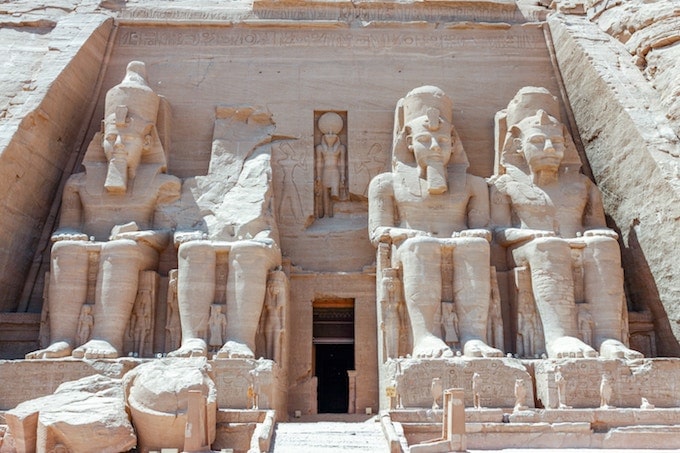
5. The Pyramids of Giza are the only Wonder of the World still standing
The Pyramids of Giza, which you’ll visit on Day 5, are without a doubt Egypt’s best-known tourist attraction—for good reason. Erected over 4000 years ago, the pyramids were built as a tribute to the heavens and gods for safe passage into the afterlife. Constructed from over 2.5 million limestone blocks, they’ve truly withstood the test of time. D
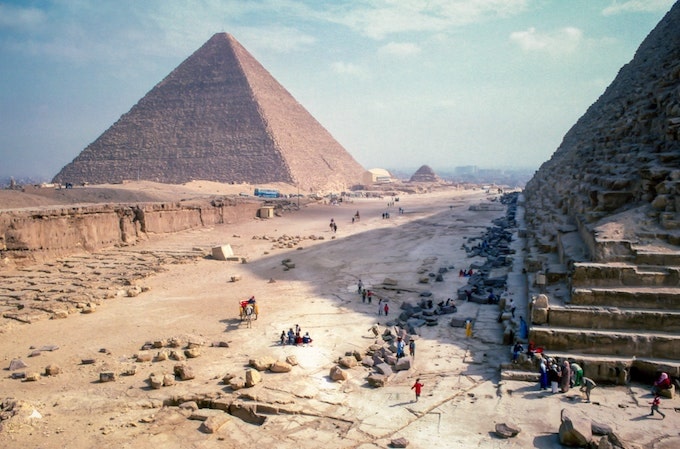
6. The Sphinx is one of the world’s largest and oldest sculptures
Located just southeast of the pyramids, the Great Sphinx of Giza is a monumental statue built using a single piece of limestone in approximately 2500 BC. It is one of the largest sculptures in the world that you’ll get to visit on Day 5, measuring over 240 feet long and 66 feet high. A prominent mythological figure, the sphinx represents a sort of spiritual guardian with the body of a lion and head of a human. There are still many questions surrounding the Great Sphinx’s origin, but one thing’s for sure—it is one of the most recognizable relics in ancient Egyptian history.
7. No visit to Cairo is complete without a trip to Khan El-Khalili
Discover historic cafes, antique trinkets, and an abundance of unique, handmade accessories in the city’s largest souk. Located in the heart of the Cairo, Khan Eel-Khalili market is said to be one of the largest open-air markets in the Middle East, and is a must-see. Step back in time and get lost marvelling at the city’s ancient glory during your free time on Day 4. You’ll also be steps away from Muizz Street, home to the greatest concentration of medieval Islamic architectural treasures. And because Khan El-Khalili is so well known, it won’t be hard to find on public transit or by car. If you’re taking the metro, head towards Ataba Station and you’re nearly there.
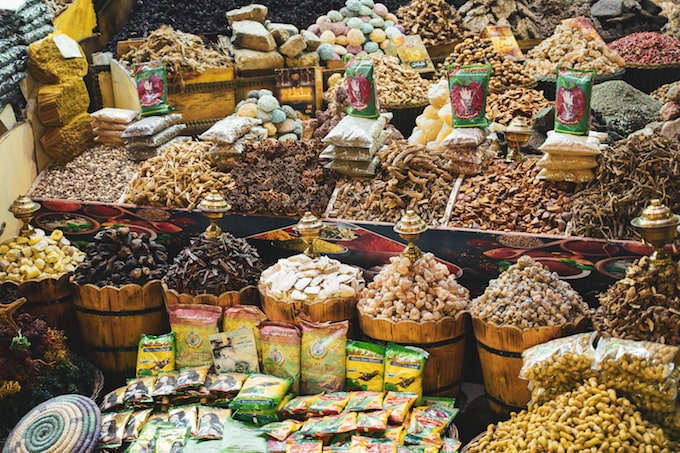
8. The Philae Temples can only be reached by boat
Because of its name, you might think this ancient Egyptian temple complex is located on Philae Island—historically, this may be true, but technically, it isn’t. In the 1960s, UNESCO rescued the main temple—the Temple of Isis—from rising waters and transferred it block-by-block from the now submerged Philae Island to Agilika Island, which you’ll visit on Day 6. Originally built to
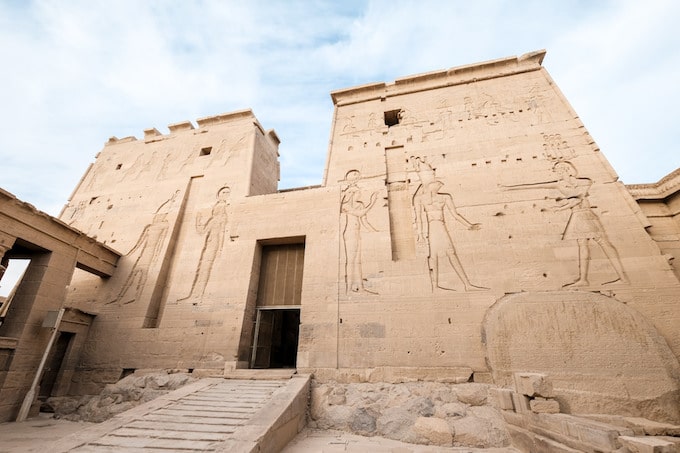
9. The best way to experience the Nile is on a felucca
Cruising down the Nile is arguably the most quintessential bucket-list activity in Egypt. Enjoy a leisurely sail through history and travel the Nile the same way the pharaohs and Cleopatra did centuries ago—on a felucca. A traditional wooden sailboat, the felucca has remained the primary mode of transportation to experience the Nile. During Days 7 & 8, you’ll have the chance to board a felucca for a two-night voyage downstream. Relax, go for a swim or chill out and let your troubles melt away under the Egyptian sun.
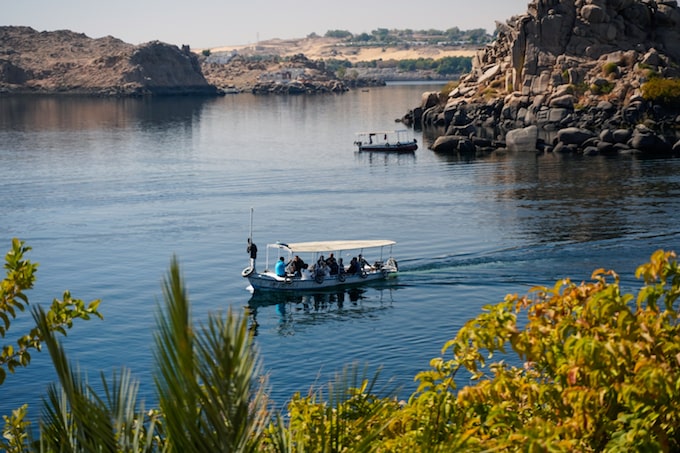
10. The Valley of the Kings is home to King Tut’s tomb
The most famed collection of Egypt’s underground tombs lies on the Nile’s west bank near Luxor. The Valley of the Kings, which you’ll visit on Day 10, was part of the ancient city of Thebes and the burial site of nearly all the kings in the 18th, 19th, and 20th dynasties—including King
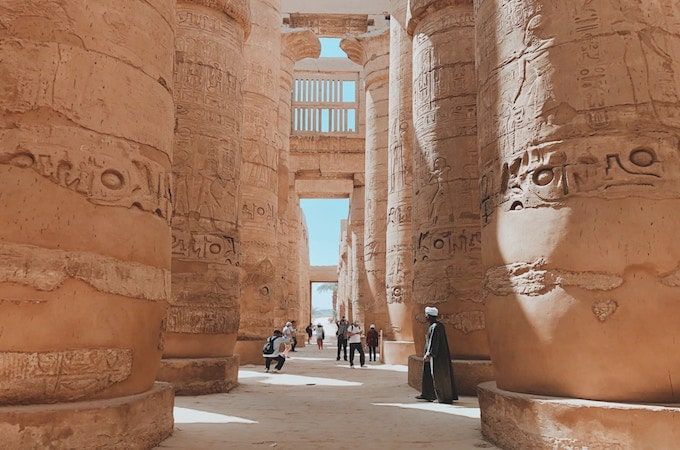
From fascinating history to incredible weather and stunning sites, there are more than enough reasons Egypt should be your next big trip. Check this sun-soaked destination off your bucket-list with our 12-day tour!
Have you been to Egypt? What was your favourite highlight? Share your tips, tricks and experiences in the comments below!


